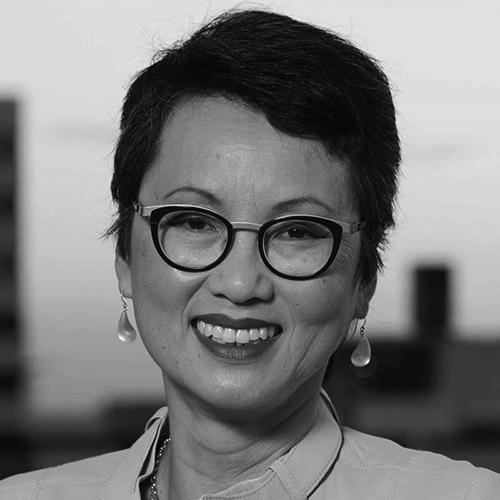While the COVID-19 pandemic has caused numerous workers to flee various fields, it’s also created opportunities for adults looking to pursue new career paths.

Van Ton-Quinlivan
CEO, Futuro Health
In healthcare, which is currently facing a worker shortage accelerated by the current health crisis, a chance for a fresh start may be simpler than some people may believe.
Some companies are partnering with healthcare providers to provide flexible education programs to adults. These individuals may be looking to shift into a new field of work or continue their education using previous academic credits.
One of those companies, Futuro Health, has partnered with Kaiser Permanente and the Service Employees International Union-United Healthcare Workers West in California to do just that.
In the first year of the partnership, 2020, they served 1,500 people, Futuro Health CEO Van Ton-Quinlivan said. This year, Futuro is on a path to serve 3,500. In some cases, scholarships have allowed adults to complete their education for free.
Who are these adults? Ton-Quinlivan explained they aren’t traditional students seeking out degrees, but rather they’re looking to “skill up.” She cited data from a Gallup poll conducted by the Strada Center for Education Consumer Insights that suggested adults were more interested in gaining new skills than seeking out new degrees, which they interpret as “risky.”
Her company, she said, could be described as “an education whisperer” to help find avenues to build those new skills and eventually land new work opportunities in the healthcare field.
“We’re working to get education to line up in a way that makes sense for the student,” Ton-Quinlivan said.
Affordable and accessible
Ton-Quinlivan described how an unnamed Midwestern CEO of a manufacturing company didn’t understand why none of the employees at his company were taking advantage of the tuition reimbursement being offered. After speaking to individual workers, he learned that affordability and accessibility of education stood in their way.
Education looks different for adults than it does for more traditional students, such as young people who have recently graduated from high school. Sometimes, companies with tuition reimbursement programs ask for the student to front the money, which is a barrier for people with minimal savings.
“I believe approximately 40 percent of the households have less than $400 in the bank account. So, it’s not a lot of free cash,” Ton-Quinlivan said.
And other times, life commitments, such as the need to take care of an elderly parent or tend to a young child, can prevent a person from pursuing continuing education. “Life can get in the way,” Ton-Quinlivan added.
“So in all the programs and with the education of providers that we collaborate with, our first request is for adult-friendly instructional formats,” she said, explaining that this often means virtual course offerings, weekend courses, or only labs that are in person. This structuring allows adults who have job commitments during the day to keep them.
Semesters themselves might look different, too, she said, beginning once a month or every other month, rather than two times a year, as is the case with a traditional education model.
Building confidence
Another hurdle to getting back into education is more mental, or emotional, in nature.
“If you’re the head of the household, the thought of going back to college is very intimidating or depressing,” Ton-Quinlivan said.
That’s why her company figured out a way to ease back into education, for those who may have negative memories of their previous education.
“We may give you an onramp, for example, into a jumpstart course to build your confidence,” she explained. “And then if you finish that, then you get into the terminal program, right? So we’re lining up all of that process so the student doesn’t have to do it. And we’ll hand-hold the students through that process, because it’s maybe a very uncomfortable and mysterious process.”
Yet in making this connection between workers who want to gain new skills and the companies that want to hire them, efforts like those of Ton-Quinlivan’s company are just one piece of the puzzle.
“When it comes to the workforce and the skill gap, no one institution, no one organization can solve it all,” she said. “So this is the moment in time to bring together the ecosystem of the willing and focus on finding the labor market we need. ‘How do we connect communities with the right skills for the right jobs?’”

